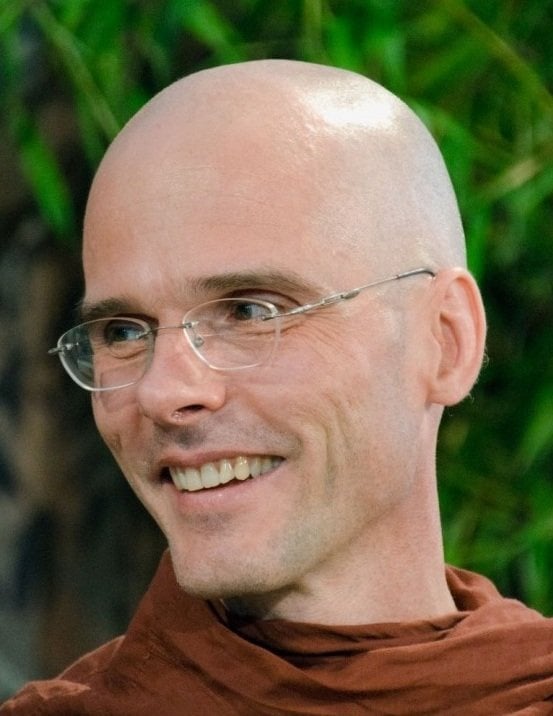In four chapters, Rebirth in Early Buddhism and Current Research leads readers through:
-
the presentation of rebirth in the earliest Buddhist sources and the way it relates to core doctrine,
-
the debates about rebirth throughout Buddhist history and up to modern times, including the role of confirmation bias in the evaluation of evidence,
-
the current research on rebirth, including near-death experiences, past-life regression, and childhood recollection of previous lives,
-
and an examination of a particular case of xenoglossy, the ability to speak languages one has not been taught. As a very young boy, the Sri Lankan Dhammaruwan would chant Pāli-language scriptures that he had not apparently learned in his present life.
Rebirth in Early Buddhism and Current Research brings together the many strands of the debate on rebirth in one place, making it both comprehensive and compact. It is not a polemic but an interrogation of the evidence, inviting readers to draw their own conclusions.
The Child Who Chanted
The story of Dhammaruwan, a child who spontaneously began chanting suttas in Pali at two years old.
Dhammaruwan was born on the 18th of November 1968 in Matale, Sri Lanka. At an age of about 2 years he spontaneously would sit in meditation and then start chanting, as well as at times saying things in a language not understood by his mother, who tried to hush him up.
At a later time he and his mother went from Matale to Kandy to stay with Bertie and Rosa Seneviratne, who became his step-parents.
When Dhammaruwan was about three years old, his chanting of a part of the Dhammacakkappavattana-sutta was overheard by someone in the house, at a time when Bertie and Rosa had gone to India, leading to the eventual realization that he was chanting a Pāli text. On their return, Bertie encouraged the boy to continue and regularly made recordings of the chants, copies of which he would give to interested visitors. By the time of growing up into an adult, Dhammaruwan lost the ability to perform these chants.
According to Dhammaruwan’s memories, he learned the Pāli chants in a former lifetime in India, where he had been born as the son of a brahmin and trained in memorization of the Vedas. He had gone forth as a Buddhist monk and become a student of the eminent monk Buddhaghosa at Nālandā. After being trained as a reciter, together with other monks who had similarly been trained he was chosen to accompany Buddhaghosa from India to Sri Lanka. Having come to Sri Lanka, he stayed with Buddhaghosa at the Mahāvihāra in Anurādhapura.
Listen to Dhammaruwan’s chanting:
The Dhammacakkappavattana-sutta, the Buddha’s first sermon, in which he disclosed the four noble truths.
The Girimānanda-sutta, which lists ten meditative perceptions.
BOOK INFORMATION
- Paperback
- 304 pages
- ISBN 9781614299912
ABOUT THE AUTHOR

Bhikkhu Anālayo is a scholar of early Buddhism and a meditation teacher. He completed his PhD research on the Satipaṭṭhānasutta at the University of Peradeniya, Sri Lanka, in 2000 and his habilitation research with a comparative study of the Majjhimanikāya in light of its Chinese, Sanskrit, and Tibetan parallels at the University of Marburg, Germany, in 2007. His over five hundred publications are for the most part based on comparative studies, with a special interest in topics related to meditation and the role of women in Buddhism.
Other books by Bhikkhu Anālayo:
The Perfection of Wisdom in First Bloom
The Signless and the Deathless
Daughters of the Buddha
Early Buddhist Oral Tradition
Superiority Conceit in Buddhist Traditions
Abiding in Emptiness